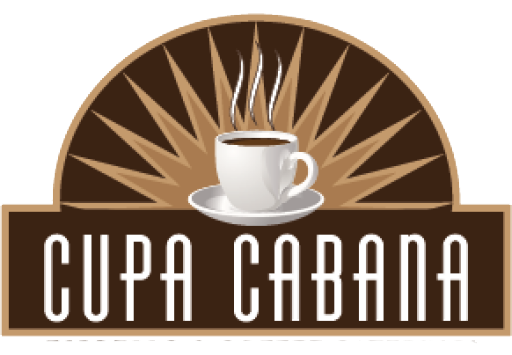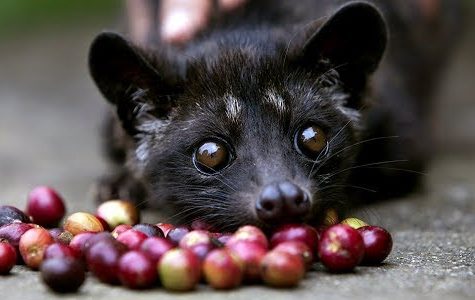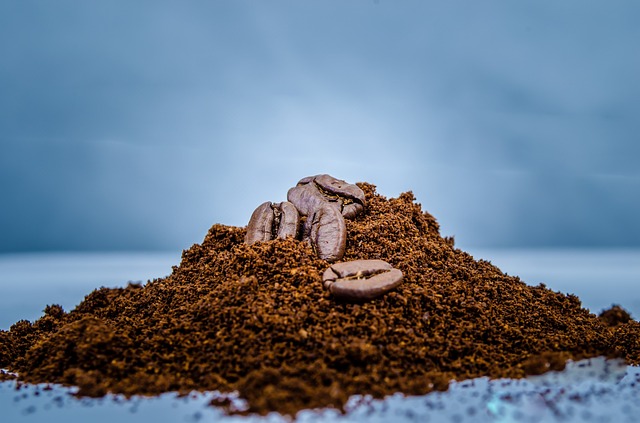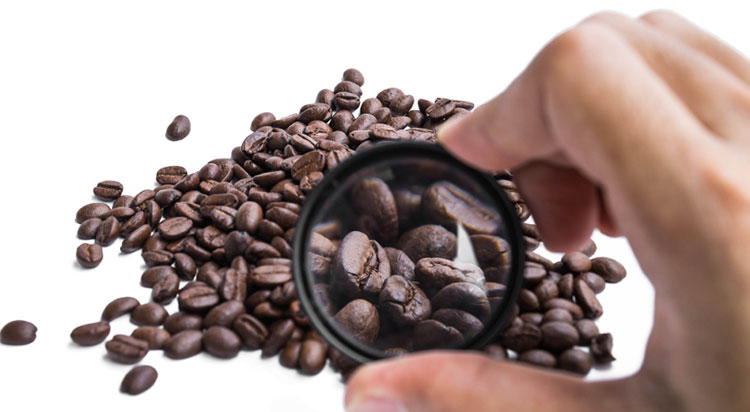For centuries, coffee has been a flavorful cultural staple for many diverse cultures around the world. With numerous varieties of roasts to suit every palate and purpose, there is usually something for everyone — even those who prefer to avoid caffeine. For many people, even as little as 10 milligrams of caffeine can cause discomfort, which is why nearly all decaffeinated coffees contain less than 10 milligrams of caffeine per serving. Currently, decaffeinated coffee comprises approximately 12% of all coffee consumed around the world, or almost 1 billion pounds per year. But how did it come about?
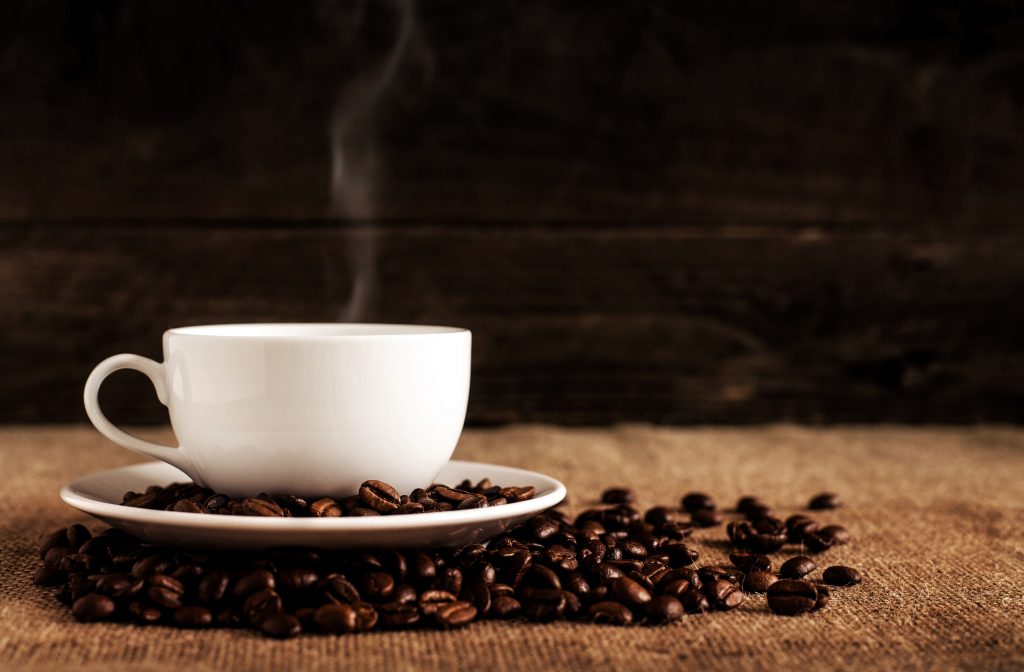
The Stimulating Origins of Coffee
In its natural state, coffee contains caffeine, despite products that falsely advertise naturally caffeine-free roasts. Regular coffee contains about 50-75 milligrams of caffeine per cup. Some historians find that the advent of coffee’s use as a stimulant originated in Ethiopia’s ancient coffee forests, where it is still widely produced today. Its caffeinated, stimulating effects played an essential role in its global discovery.
According to the National Coffee Association, a goat herder named Kaldi found that his goats were unusually energetic at night, and even refused to sleep, after consuming the berries of particular trees. Upon notifying the abbot of a monastery nearby, the secret of coffee beans moved east across the Arabian peninsula where its intentional cultivation and trade officially began.
The Happy Accident that Led to Decaf Coffee
Ludwig Roselius, a German merchant, accidentally created a coffee decaffeination process in 1903, and it became the first commercially practiced decaffeination process. Upon receiving a shipment of coffee beans, a transportation mistake left the beans soaked in sea water. In an attempt to rescue the contaminated product, Roselius roasted the beans anyway, and found that the beans lost their caffeine, but not their flavor. The Roselius decaffeination process that emerged from his initial discover began with rinsing unroasted coffee beans in a salt solution, following with up to 15 more rinses with benzene. Benzene was recognized as a health hazard, and is no longer used in the process. However, this initial process was the first stepping stone in several iterations of newer, safer decaffeination processes that rapidly emerged.
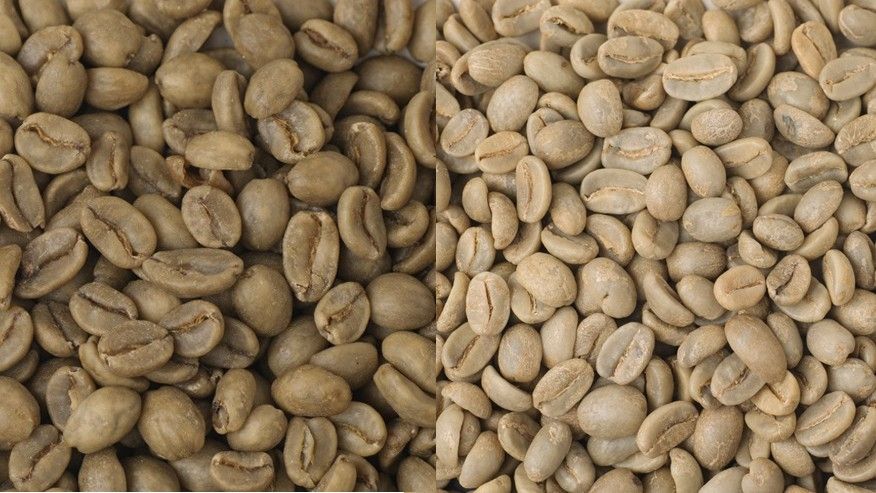
Current Methods of Producing Decaffeinated Coffee
Direct Method: In this method, one treats coffee beans directly with chemicals that remove the caffeine. This method shares the initial soaking of Roselius’s first mistake, but they are soaked in non-salted water and then rinsed with either methylene chloride or ethyl acetate for ten hours or more, in order to remove 99% of the caffeine. Since ethyl acetate is produced by some organisms such as ripened fruits, coffee roasters who use it in their decaffeination process sometimes claim that their coffee is produced using “natural processes.” However, the quantity of ethyl acetate necessary for the decaffeination process is much higher than any amount ever produced naturally in fruit.
Indirect Method: Many consider the Indirect Method to be an improvement on its predecessor because the chemicals do not physically come in contact with the coffee beans. Unroasted coffee beans soaks in water. The water containing the flavors and caffeine, but not the beans, is exposed to the same chemicals that are used in the Direct Method. These chemicals remove the caffeine from the water, and this water is then re-exposed to the coffee beans. It is possible to remove the chemicals from this water before combining them with the coffee beans again, and this method is therefore considered less risky than the Direct Method.
Carbon Dioxide Method: In this methods, the coffee beans are soaked in carbon dioxide. However, the carbon dioxide is compressed to 400 times its normal atmospheric levels. This method lends itself well to large-scale treatments, and is therefore used much more commonly than the Direct or Indirect processes in commercial-grade coffee that is often sold in supermarkets.
Swiss Water Process: This is the only chemical-free decaffeinating process. It is well-loved by health-conscious consumers, but since this process is more time-consuming and involved, the resulting product is often more expensive. This process begins with unroasted coffee beans which are soaked in water. This removes the flavor and the caffeine from the beans. The first round of beans are thrown away, but the water is retained and passed through a filter which catches the caffeine but allows the flavor to remain. The resulting flavorful water is known as “Green Coffee Extract.” A second batch of green coffee beans soak in this Green Coffee Extract to remove the caffeine, but since the water is already saturated with flavor, the second round of beans retain their own flavor and only their caffeine is leached out. The same Green Coffee Extract is run through a filter to remove the caffeine, and this can be used for up to ten batches of beans.
Coffee Your Way, Thanks to Science
Scientific ingenuity makes it possible to enjoy coffee with or without caffeine. Many people enjoy the flavor and ritual of coffee, but prefer to avoid its physiological effects. Thanks to some happy accidents, feats of engineering, and unlikely discoveries, cultures throughout the world are now able to enjoy decaffeinated coffee as they please.
